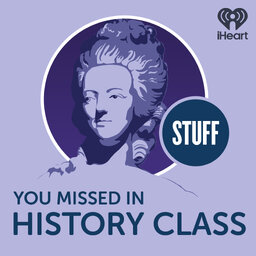1918 Flu Pandemic, Revisited - Part 1
Now that we’ve lived through a year of a global pandemic, our approach to looking at the 1918 flu pandemic had shifted. We’re revisiting the events of 1918 with new perspective, comparing then to now.
Learn more about your ad-choices at https://www.iheartpodcastnetwork.com
 Stuff You Missed in History Class
Stuff You Missed in History Class


